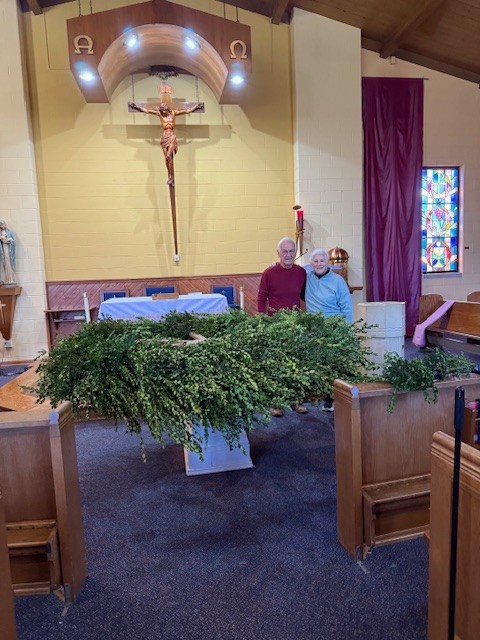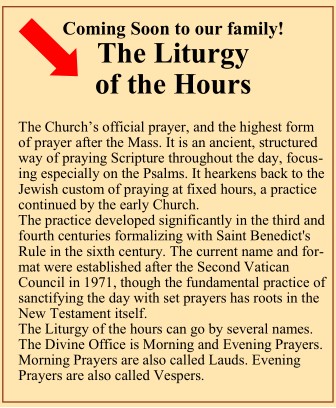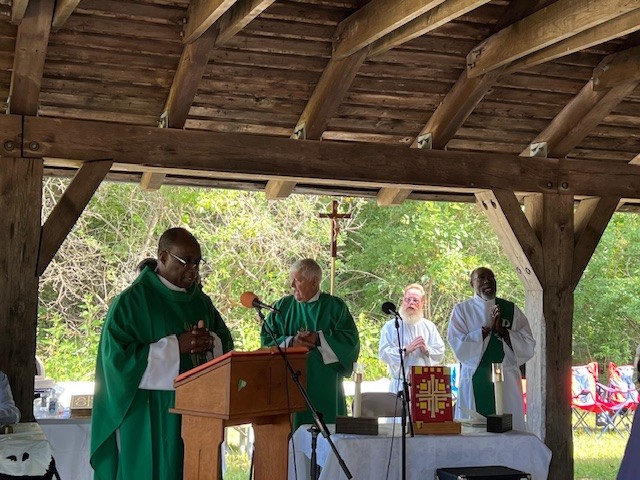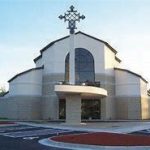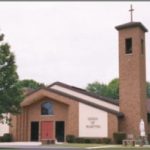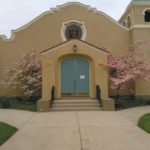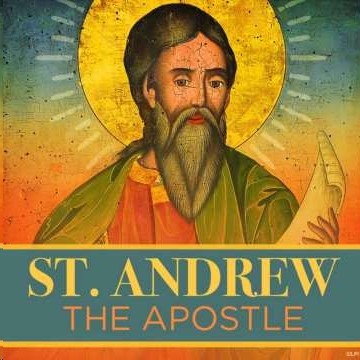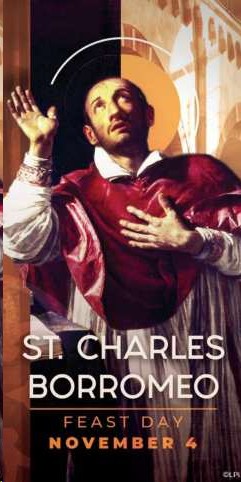ST. AUGUSTINE PARISH NEWS
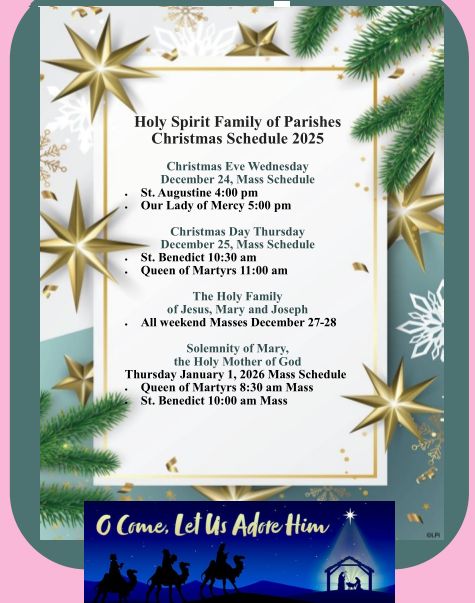
ST. AUGUSTINE PARISH NEWS
Answers to Christmas Carols Questions
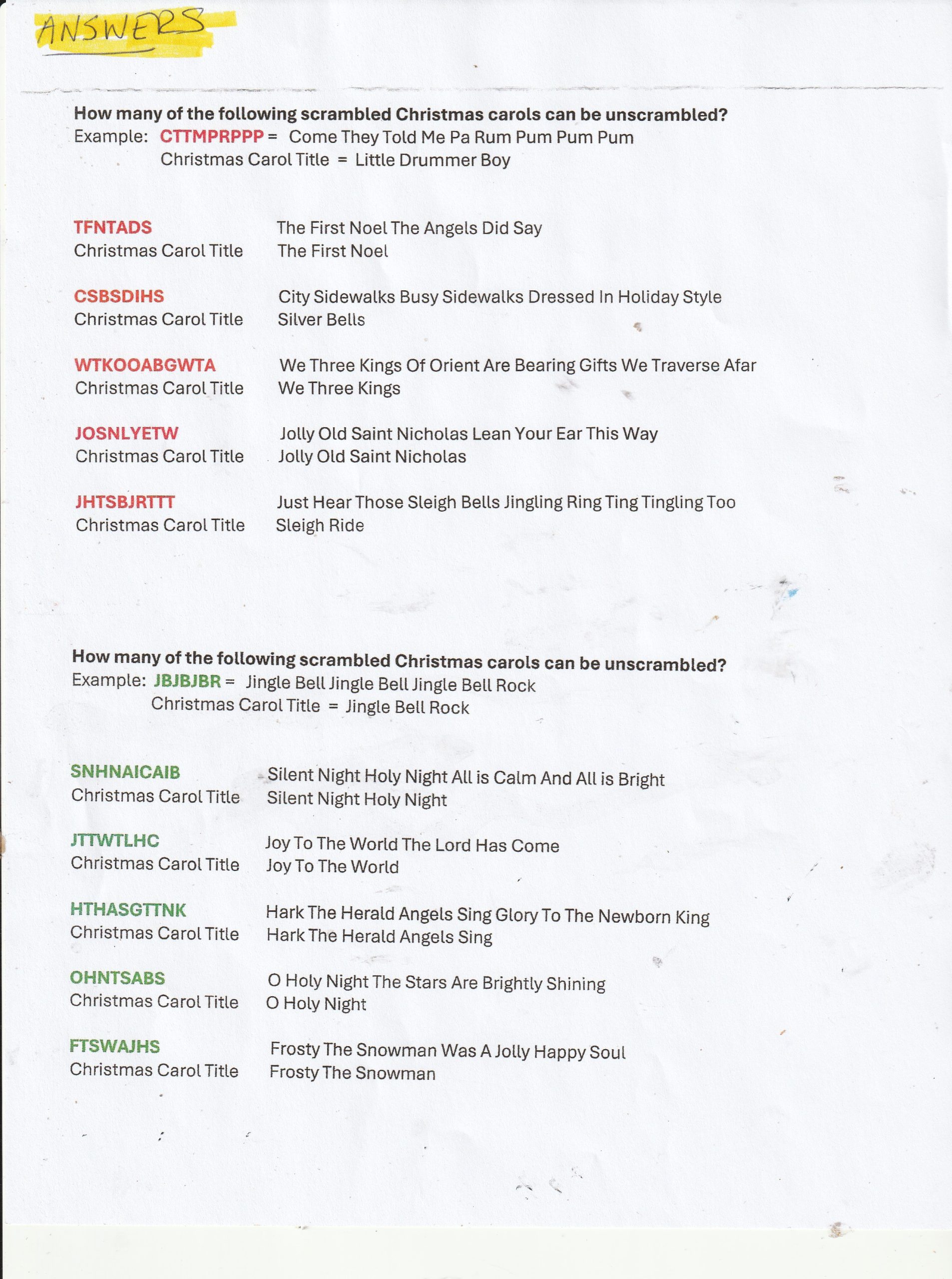
Printable Question to Scrambled Christmas Carols
Printable Answers to scrambted Christmas Carols
ST. AUGUSTINE PARISH NEWS
SAINT AUGUSTINE PARISH Giving Tree to Benefits the Astoria Nursing Home Residents
Donations for the Astoria Nursing Home Residents will be collected from now through December 21st. Please bring Lap Blankets, Plush Stuffed Animals, Wall Calendars, Activity Books and Colored Pencils, and Socks with Gripper Soles.
ST. AUGUSTINE PARISH NEWS
Decorating the Wreath mean Advent is here.
ST. AUGUSTINE PARISH NEWS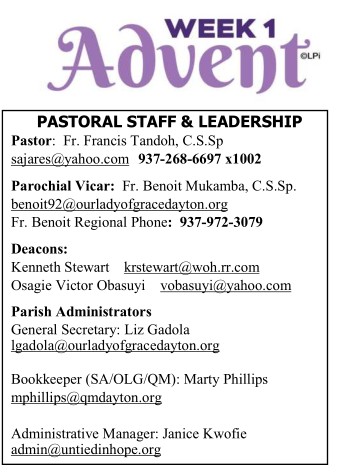
Parish Council for Holy Spirit Family of Parishes
Chair: Randall Klotz Vice Chair: Consuella Wilson
ST. AUGUSTINE PARISH NEWS
ST. AUGUSTINE PARISH NEWS

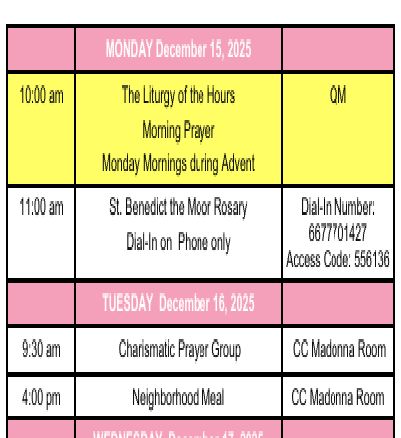
AUGUSTINE PARISH NEWS
The “Amazing Parish” Reflection series was presented on Monday September 22nd at Saint Augustine. Other presentation from Amazing Host of “Amazing Parish series can be seen by going to to.
https://www.youtube.com/user/ChrisStefanick
Liturgy of the Hours
The Church’s official prayer, and the highest form of prayer after the Mass. It is an ancient, structured way of praying Scripture throughout the day, focusing especially on the Psalms. It hearkens back to the Jewish custom of praying at fixed hours, a practice continued by the early Church.
The practice developed significantly in the third and fourth centuries formalizing with Saint Benedict’s Rule in the sixth century. The current name and format were established after the Second Vatican Council in 1971, though the fundamental practice of sanctifying the day with set prayers has roots in the New Testament itself.
Liturgy of the Hours
The Church’s official prayer, and the highest form of prayer after the Mass. It is an ancient, structured way of praying Scripture throughout the day, focusing especially on the Psalms. It hearkens back to the Jewish custom of praying at fixed hours, a practice continued by the early Church.
The practice developed significantly in the third and fourth centuries formalizing with Saint Benedict’s Rule in the sixth century. The current name and format were established after the Second Vatican Council in 1971, though the fundamental practice of sanctifying the day with set prayers has roots in the New Testament itself.
Liturgy of the Hours
The Church’s official prayer, and the highest form of prayer after the Mass. It is an ancient, structured way of praying Scripture throughout the day, focusing especially on the Psalms. It hearkens back to the Jewish custom of praying at fixed hours, a practice continued by the early Church.
The practice developed significantly in the third and fourth centuries formalizing with Saint Benedict’s Rule in the sixth century. The current name and format were established after the Second Vatican Council in 1971, though the fundamental practice of sanctifying the day with set prayers has roots in the New Testament itself.
The Dynamic Catholic Prayer
Loving Father,
I invite you into my Life today,
And make myself available to you.
Help me to become the best version of myself,
By seeking Your will
and by being a living example of your love in the world.
Open my heart to the areas of my life that need to change,
so, I can carry out the mission you have imagined for my life
and experience the joy you desire for me.
inspire me to live the Catholic faith in ways that are dynamic and engaging.
Show me how to best get involved in the life of my parish.
Give our community a hunger for best practices and continuous learning.
Glve me courage when I am afraid,
hope when I am discouraged, and clarity in times of decision.
Lead your church to become all you imagined it would be
for the people of our times.
Amen
ST. AUGUSTINE PARISH NEWS
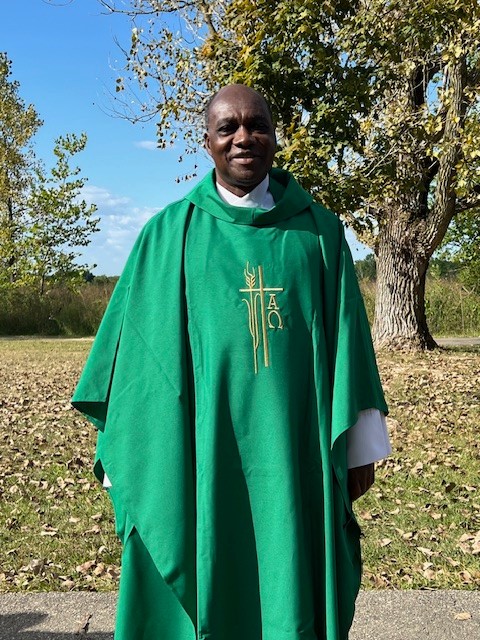
Father Frances Celebrates 40 years in the Priesthood
Parish Family Picnic Sept 7th.
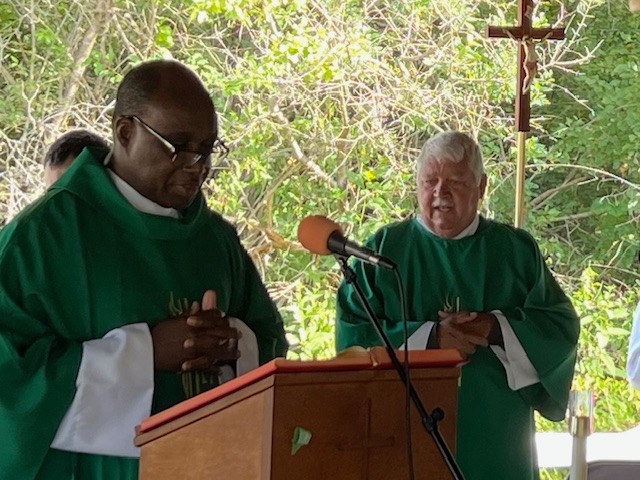
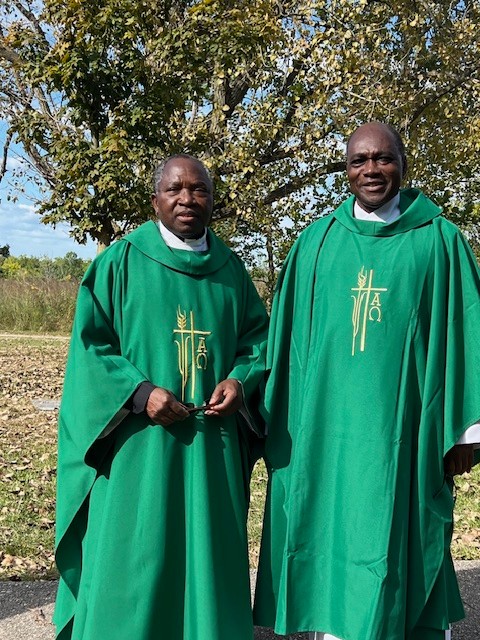
ST. AUGUSTINE PARISH NEWS

Part of our Love in Action team.
These are the volunteers that came to Sonshine in a Bag to help bag food for Valley View school children in need.
ST. AUGUSTINE PARISH NEWS
Special Guest for Sunday Mass May 11, 2025
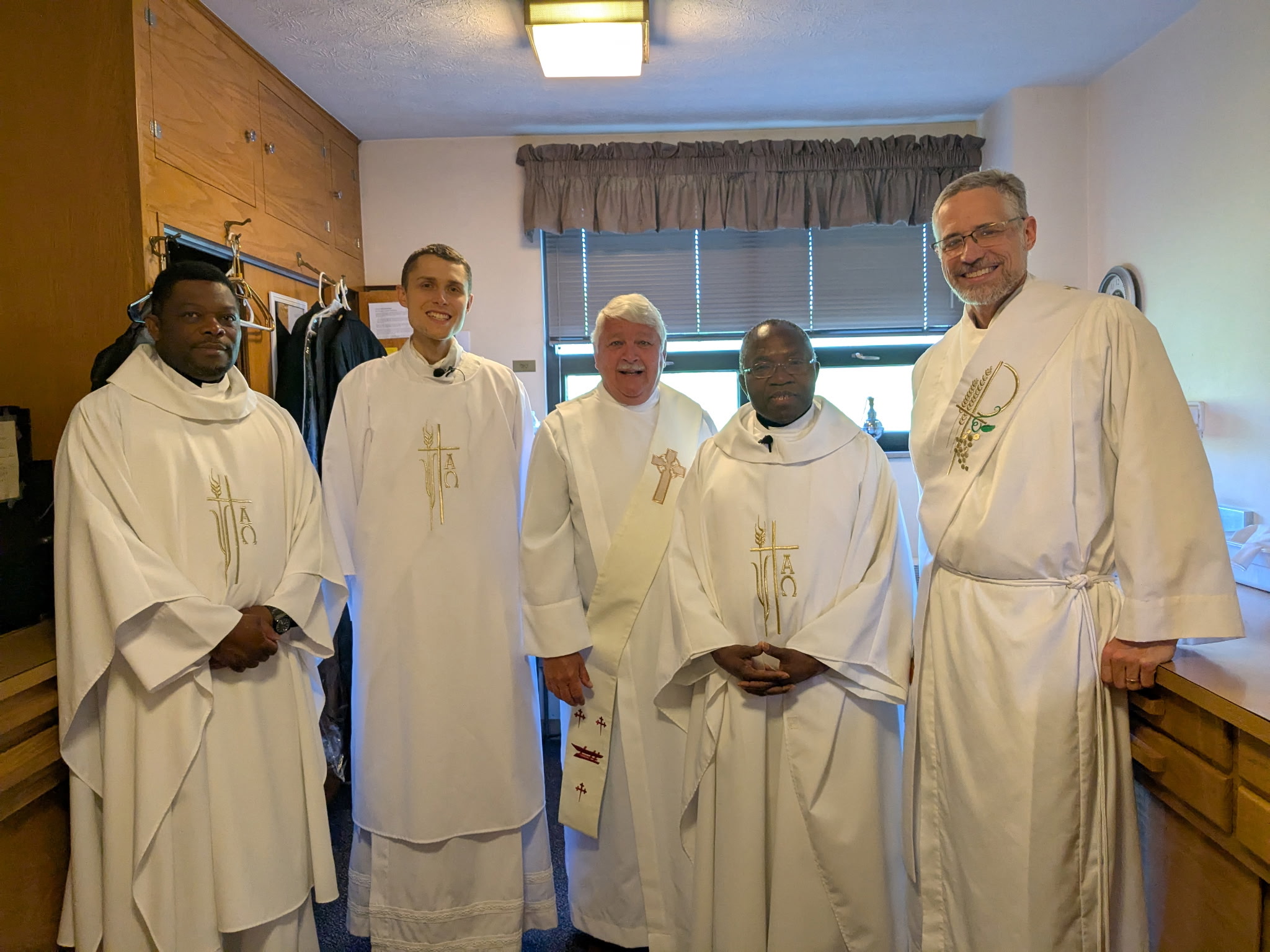
Father Krispin, Deacon Daniel Jasek, Deacon Ken Stewart, Father Benoit, Deacon Chris Jasek.
ST. AUGUSTINE PARISH NEWS
Taize Prayer at Saint Augustine.
Thursday April 3, 2025
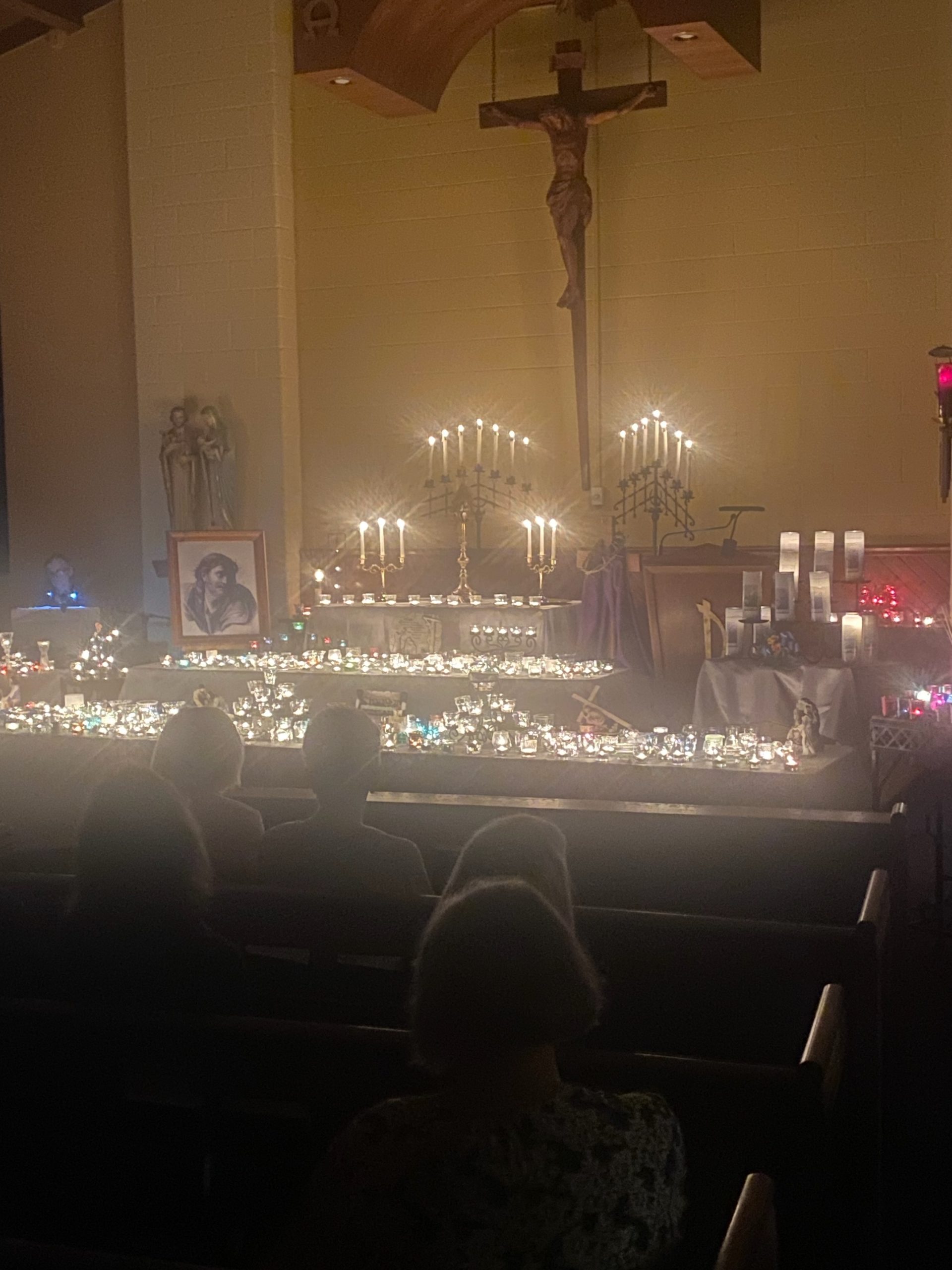
Religious Education going on now
at (SB) Dominique Akpore dakpore@stbenedictdayton.org
at (QM) Marty Phillips mphillips@qmdayton.org
New Prayer Line
A new prayer line for St Augustine has been established. Please send all prayer requests to: prayerlinesta@gmail.com
SAINT AUGUSTINE PRAYER CHAIN
If you would like to be a part of the St. Augustine Prayer Chain, please contact Marie Klotz at saintapraysingtown@gmail.com
SAINT AUGUSTINE ONE CALL
To be added to the St. Augustine one-call, please contact Fran Delegato at delegatof@outlook.com
Sonshine in a Bag
St. AUGUSTINE PARISH participated and supported “SONSHINE IN A BAG” food program. The Sonshine in a Bag program provides bags of food to refer students who they feel could benefit from receiving food from this program.
ST. AUGUSTINE PARISH NEWS
While traveling and you wish to find Catholic Services near your visiting area go to this website.
http://CatholicMassTime.org
ST. AUGUSTINE PARISH NEWS
———————————————————————————————————————————————————————–
For Anointing, Marriages, Baptisms, or other sacramental preparation, please call the rectory at (937) 855-2289 or (937) 268-6697 to schedule.
If you are preparing for surgery or have a serious illness, call the rectory to schedule the Sacrament of the Sick.
For Confessions, please schedule with the priest.
Information for the weekly bulletin must be submitted by Monday at 4:00 pm.
Please call (937) 855-2289 or email the information to csaintaugustine@woh.rr.com
———————————————————————————————————————————————————————–
HOLY SPIRIT FAMILY OF CHURCH INFORMATION



